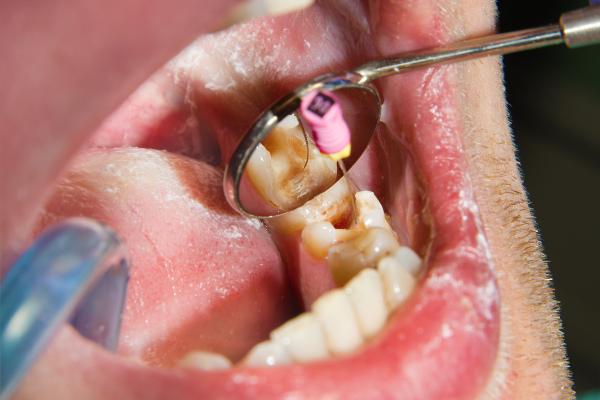Root Canal Treatment
What is a root canal?
A root canal (endodontic therapy) is a dental treatment for infections in tooth pulp, the innermost layer of your teeth. Endodontists and dentists do about 15 million root canals in the United States every year. Often, you can avoid needing a root canal by taking care of your teeth.
Why would I need a root canal?
You may need a root canal if bacteria inside your mouth invade the pulp inside your tooth and cause inflammation (pulpitis). Your tooth pulp may come under bacterial attack if:
- You have a deep cavity that needs treatment.
- You have a cracked or damaged tooth, and bacteria from plaque infects your tooth pulp.
What are signs I may need a root canal?
If you have an infected tooth, you may need root canal treatment to clear out the infection. You can have infected teeth without symptoms. When you have symptoms, they may include:
- Tooth pain that doesn’t go away. Lots of things make your teeth hurt. But pain that’s deep in a tooth or that spreads to your jaw, face or other teeth may mean you have an infection.
- Pressure hurts. If your tooth hurts when you eat or touch it, it may mean something damaged the nerves around your tooth pulp.
- Swollen gums. If you have an infected tooth, your gums may swell or feel tender.
- Pimple on your gums. Infected teeth can create pimples or boils on your gums that ooze smelly pus.
- Swollen jaw. Your jaw may swell from pus that doesn’t drain away from your infected tooth.
- Discolored tooth. Tooth pulp infection keeps blood from getting to your tooth. That makes your tooth turn dark..
- Loose tooth. Pus from infected tooth pulp can soften the bones supporting your tooth, making your tooth feel loose.

